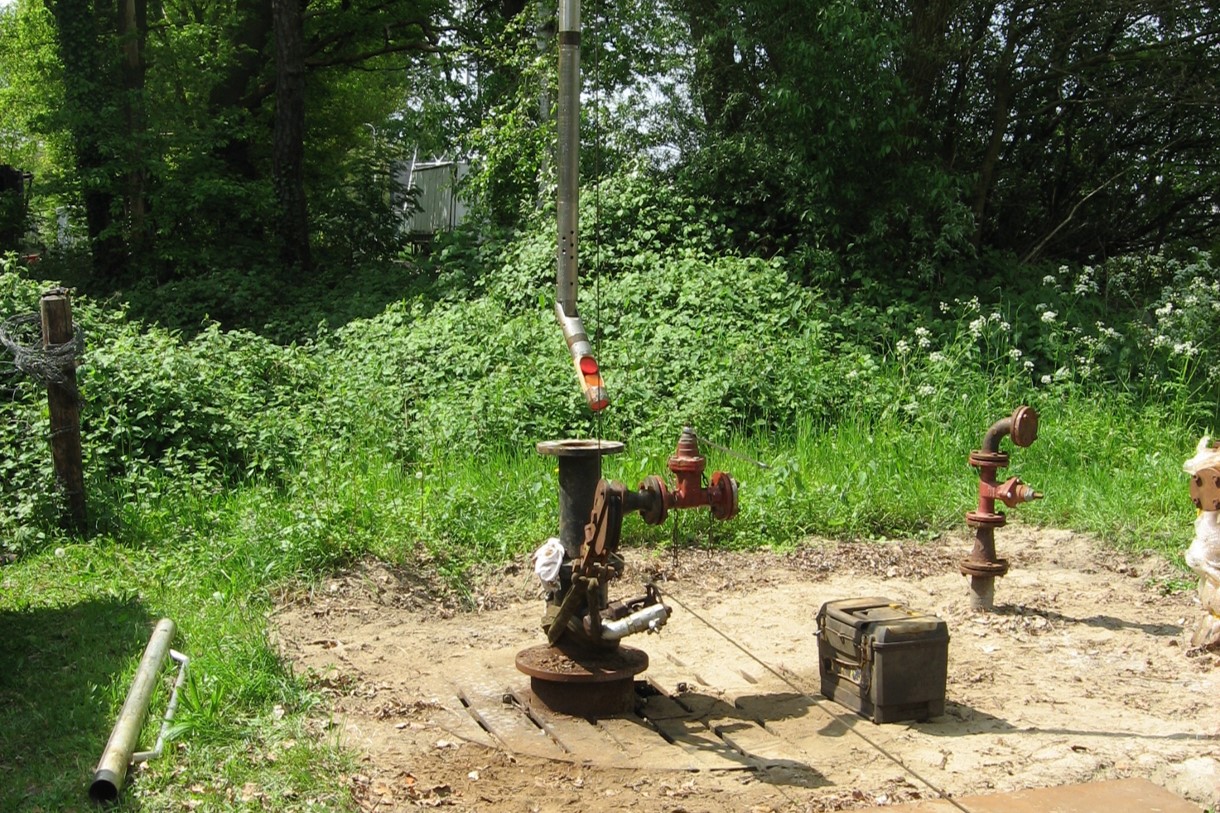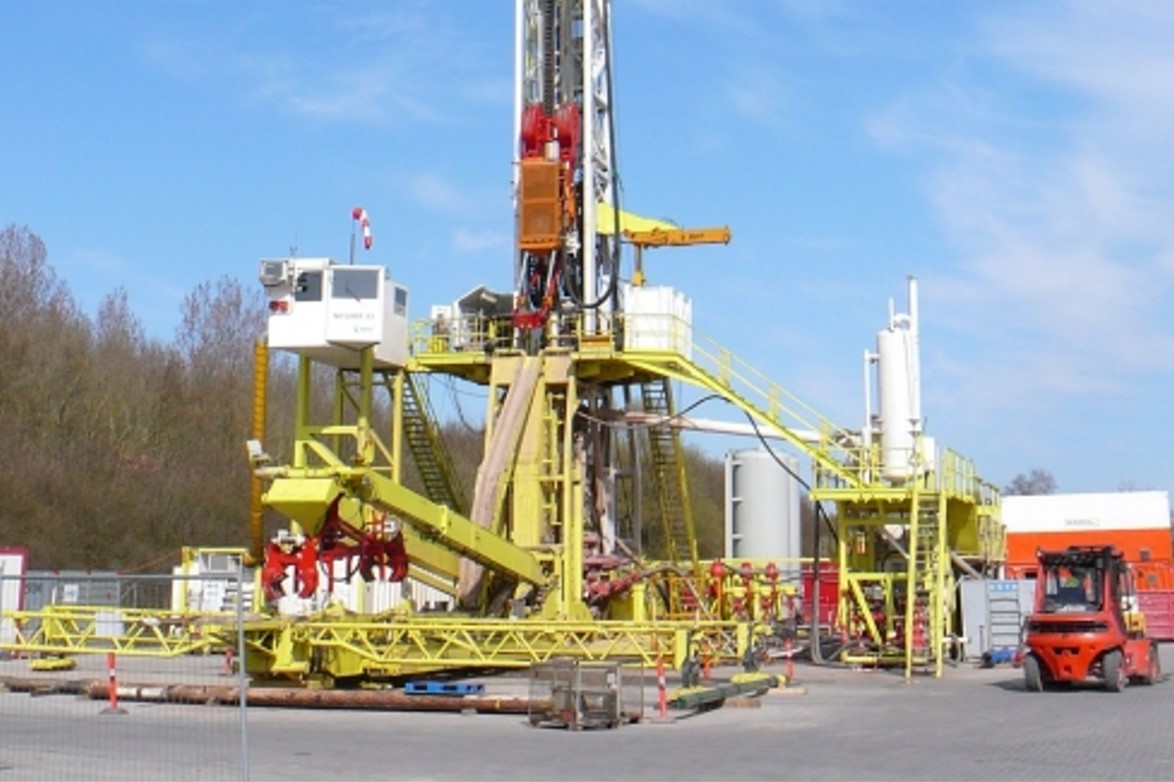“Denmark set to end all new oil and gas exploration” or “Spain’s move to ban new exploration awards follows a December move by Denmark to ban new exploration (…).” These are just two of the (head)lines from respected media outlets such as the BBC and SPGlobal claiming that the Danes decisively closed the door for explorers in the Danish North Sea in December last year.
However, as documentation published by the Danish Energy Authority (DEA) clearly states, “The parties to the agreement also agreed that until the end of 2050, it must continue to be possible to apply for new exploration and production permits pursuant to the mini-round and the neighbouring block procedures in the same way as at present.” So, although the announcement in December last year was internationally welcomed as a bold step towards transitioning away from fossil fuels, the reality is a lot more mundane.
It may not be too much of a surprise that the international media came up with these bold headlines. As part of a quote from the Danish Minister for Climate, Energy and Utilities Dan Jørgensen, one can read the following: “We will cancel all future licensing rounds marking an end to fossil exploration by state invitation in Denmark, effective immediately.” Apparently, media did not pick up on the fact that there is a difference between invitation from the state versus initiative from the private sector.
Yet, in a telephone conversation with a representative from DEA, it was again confirmed that even if a company doesn’t have any acreage in the Danish sector, it is possible to apply for a new exploration licence through the open-door policy. Similar to the 8th Danish Licensing Round announced in 2018, the area open for exploration is limited to the North Sea sector west of 6°15’ E, which is the most prospective part of the Danish offshore and – conveniently – the furthest away from shore.

A 2050 end of oil and gas production
Let’s also quickly look at the 2050 deadline for the end of oil and gas production. How ground-breaking is this date? The information package available for companies interested in the 8th licensing round shows the graph as displayed above, giving an overview of historic and future estimated production. A simple linear extrapolation of the trend shows that – even including positive exploration results and advances in production technology – the end date for fossil fuel extraction is around the year 2046.
Even if the decline is slightly less steep and sees more of an asymptotic trend, it fits nicely with the 2050 deadline. Therefore, these projections, which do include a speculative element of exploration and associated volume finds, strongly suggesting that the Danes really don’t miss out on a penny of income from fossil fuels.
If this is an agreement all progressive political parties celebrate as a clear example of taking bold steps towards moving away from oil and gas, someone needs to stand up and explain why. In the light of the observations made here, it is clear that it is not much more than hot air.
HENK KOMBRINK





